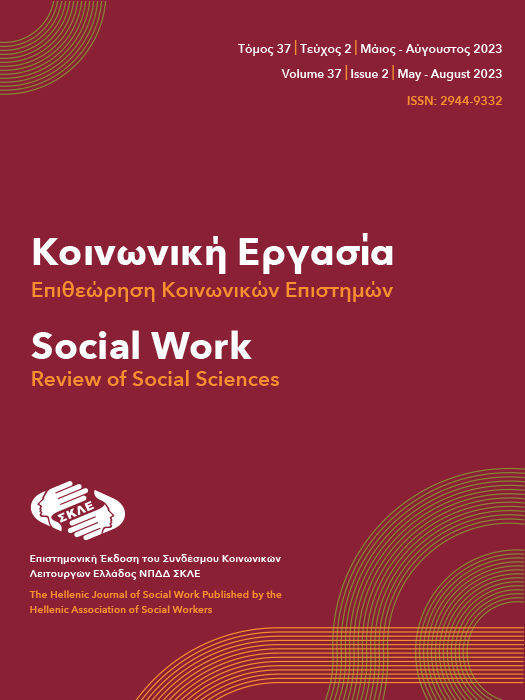Relationship between language development and behavior problems in toddlers

Abstract
This study aimed to investigate the relationship between language development and behavioral problems in 12-38 month-old toddlers with typical development. The study involved 120 children (68 boys and 52 girls) aged 12 to 38 months old. The results showed that no statistically significant differences regarding the comprehension of Phrases, Nouns, Expressive and Energy Words were found between the group of Typical Development Children and Vocabulary Delayed Children. There is however, a statistically significant difference in the Production of Nouns as well as in Nouns Production and Object Gesture, between TD children and children with LD. In terms of Object Gesture, there is also a statistically significant difference between children identified with LD who tend to show Nouns Gesture. Another statistically significant finding was that TD children can produce more Expressive and Functional Words in comparison to children with LD. Furthermore, according to the results, both sexes did not show statistically significant differences in Comprehension, Object Gesture, Nouns Production and the Combination of Production and Gesture. Finally, it appears that within this study children with more Emotional Problems, Physical Discomfort, or Attention Problems had a lower ability to understand communicative phrases.
Article Details
- How to Cite
-
Pappas, N. (2023). Relationship between language development and behavior problems in toddlers. Social Work. Review of Social Sciences, 37(2), 48–69. https://doi.org/10.12681/socialwork-rss.36336
- Section
- Article


